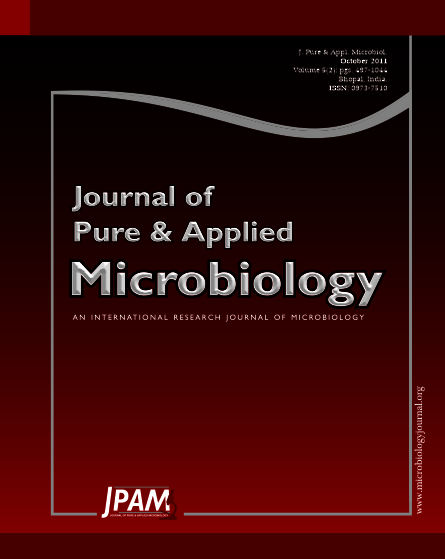The continuously growing paper manufacturing industry imposes a severe demand on green plants that forms the basic raw materials .Shortage of forest based raw materials and problem in processing agro residues are the major constrains in growth of production of paper industry. Waste paper is the single largest component of the solid waste stream and has a great effect on the environment. Recycling of paper not only saves energy and forest resourses for pulping and paper making but also reduce the cost of waste disposal. Consumption of recovered paper is estimated to be 4-5 million tones in india only. India is currently using both imported & domestic waste paper. Conventional deinking technology requires a large amount of chemical agents such as sodium hydroxide, sodium carbonate, sodium silicate, hydrogen peroxide. This will result in the increase of COD level and the concentration of chemicals in the effluent water. Ultimately, these will result in a high detrimental impact to the environment which subsequently will require a costly wastewater treatment processes to meet the environmental regulations. Consequently, experts paid more and more attention to new deinking technologies and the research of biodeinking technology has opened up a new avenue for paper recycling. Therefore, an enzymatic deinking of waste papers has becomes as an environmental friendly approach. The present paper discusses the effect of cellulases (crude) produced by different fungal strains on enzymatic deinking of old news paper in terms of their brightness and tensile strength.
Endoglucanases, Cellulases, FPase, ONP,Brightness, Tensile strength
© The Author(s) 2011. Open Access. This article is distributed under the terms of the Creative Commons Attribution 4.0 International License which permits unrestricted use, sharing, distribution, and reproduction in any medium, provided you give appropriate credit to the original author(s) and the source, provide a link to the Creative Commons license, and indicate if changes were made.


